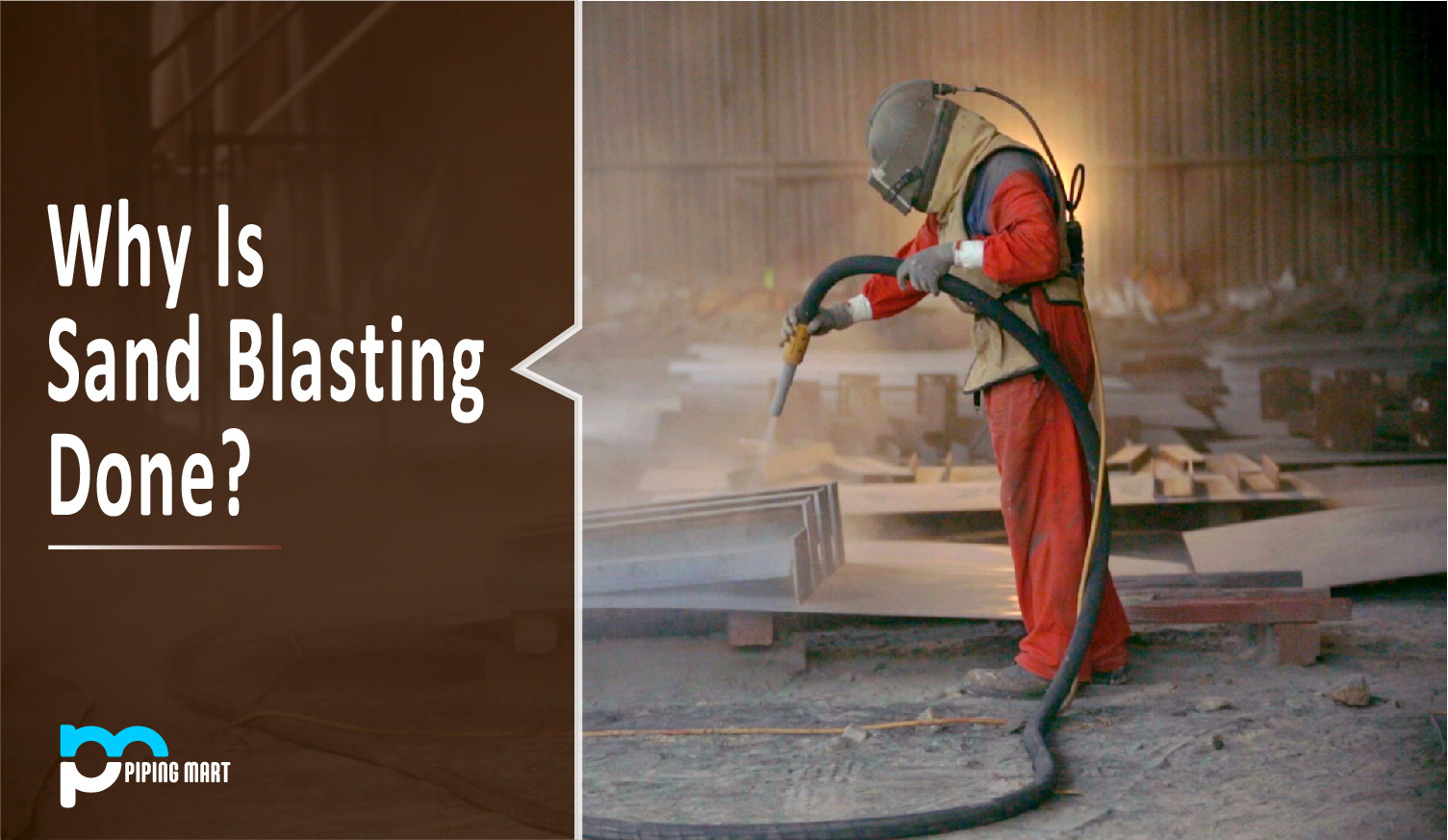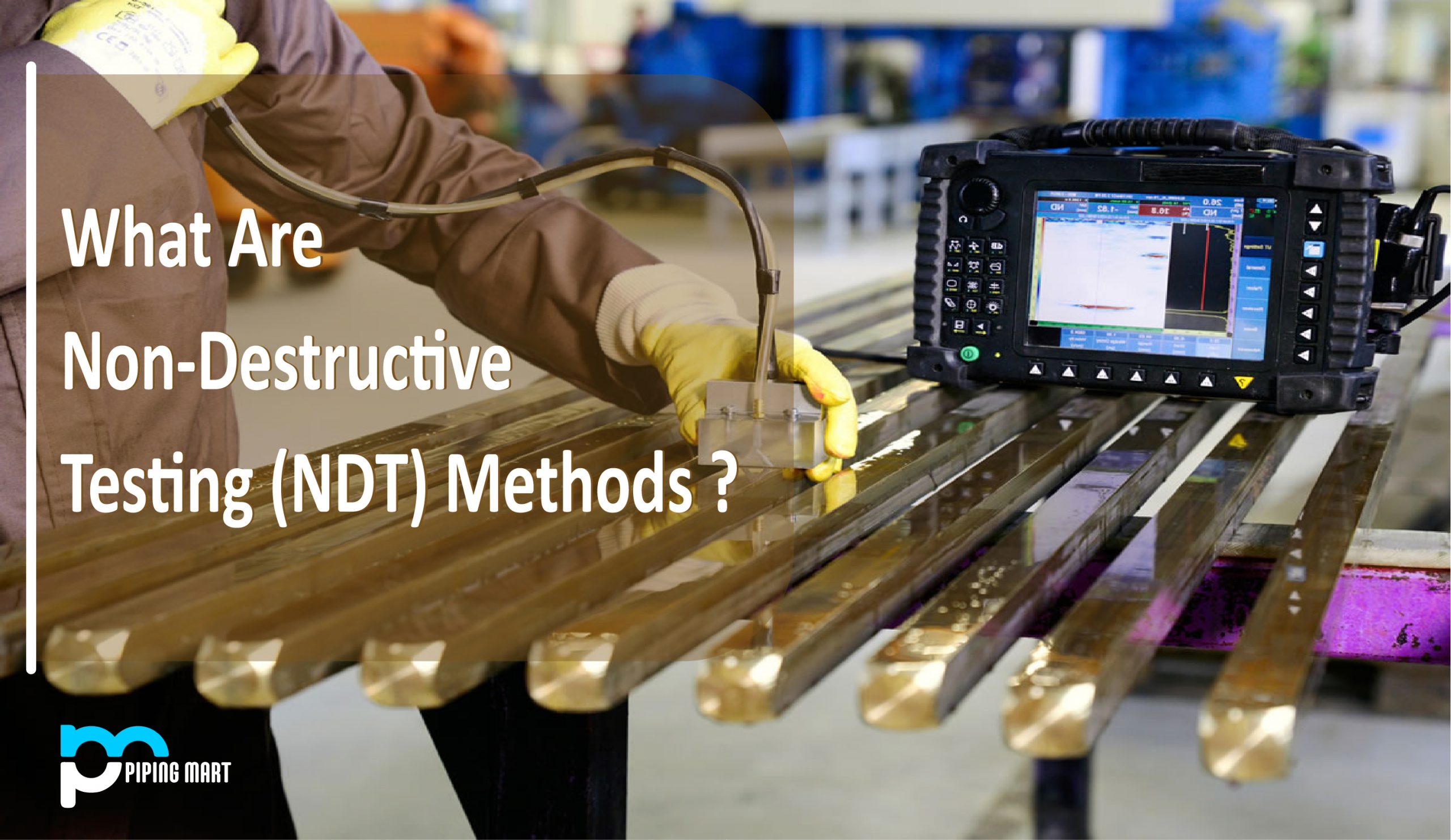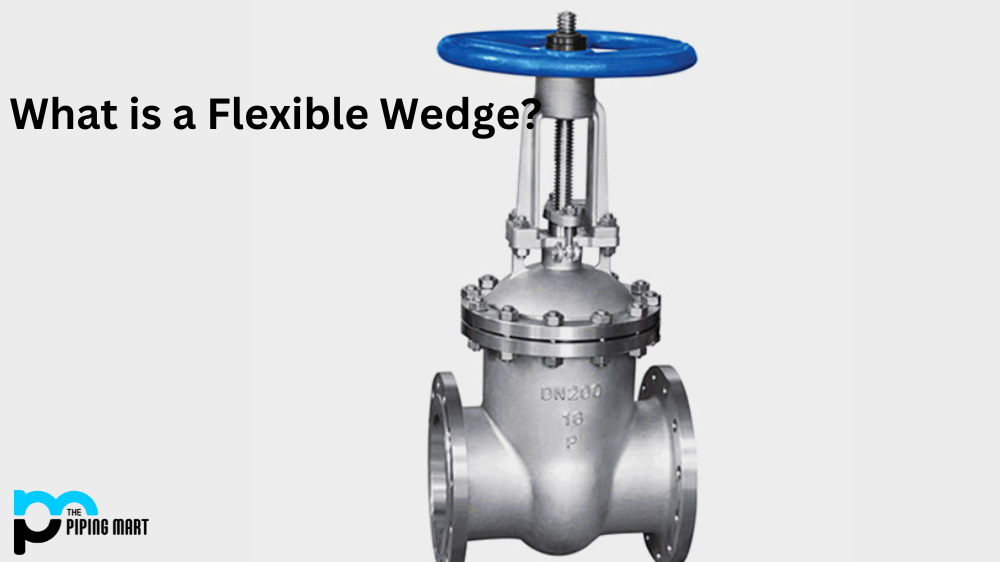What does SandBlasting mean?
Sandblasting is also commonly known as an abrasive blasting technique to smoothen out metal surfaces. It involves the use of a powered machine and is a surface finishing process. Spraying abrasive particles using high pressure is known as sandblasting. It literally blasts surfaces with sand particles. This process results in a smooth and even-textured surface. This is achieved due to the force and pressure with which the sand particles strike the metal surface. The gritty texture of the sand is what wears away excess material from the surface of the metal. It practically is a larger and advanced form of sandpaper devised into a machine with high pressure. Sandpapers are used to smoothen out mirrors, similarly, metal surfaces are smoothened using Sandblasters.
What are the steps to perform Sandblasting?
Firstly, sand is poured into the chamber of the sandblasting machine. The sandblasting machine is then attached or connected to an air compressor. The machine is then turned on and sand is propelled out through a handheld nozzle. The pressure of the sand can vary from anything between 50 to 130 PSI (Pounds per square inch). Sand has abrasive properties hence when it is blasted on a rough surface with flaws, it smoothens it out. Not just metal surfaces, but concrete is also sandblasted. Sandblasting eradicates the excess material making the surface smoother.
Why is it necessary to carry out the Sandblasting process?
Sandblasting smoothens the surface. It gives a visually pleasing finishing to the surface. It eradicates unwanted roughness and flaws. It removes the corrosive and rusted particles from the surface increasing the longevity of the metal. It is a requisite for structures that are expected to be long-lasting and durable. This process also eradicates and gets rid of unwanted dirt and chemicals that cling to the metal surface. It reduces lines, flaws, and bumps from the finished product. Rough metals with unfinished surfaces are highly prone to corrosion attacks. These attacks are inevitable unless the surface is treated well. Sandblasting removes the presence of any rust or corrosive particles found on the metal surface. This not only enhances the appearance of the metal but also increases its durability.
Sandblasting is used for bridges, tanks, ships, and mainly for various types of structures and interior metal devices that can be prone to humidity, chemicals, and corrosive media.

Pipingmart is B2B portal specializes in industrial, metal and piping products. Also, share latest information and news related to products, materials and different types grades to help business dealing in this industry.




